| Build Quality: |  |
| Hardware: |  |
| Electronics: |  |
| Sound: |  |
| Value: |  |
| Average: |  |
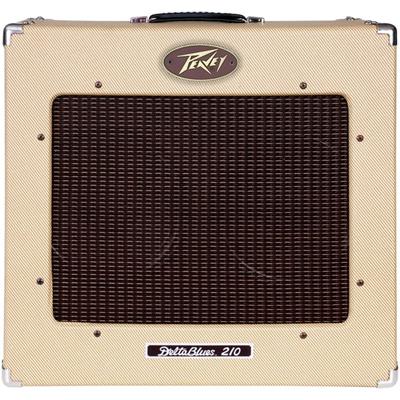
Pros:
- Can last you through a lifetime
- Amazing clean tones that are somewhere between Fender and Vox
- Unique sonic characteristics
- Versatile features and options
Cons:
- Shared EQ for both channels
- On-board tremolo might not be everybody’s cup of tea
If music is all about heart and soul, this has to be about jazz. Even though all the genres have to be felt rather than listened to, jazz has something that connects with you in a different way. It takes you to another universe, drives you crazy with its vibes, and brings you back to reality once the piece is over. What does it take to create such music? A lot (I mean A LOT) of craftsmanship, dedication, and of course suitable equipment. If you clicked on this article, I am sure you already have a guitar of some sort that will assist you in that process. Now it is time to pick one of the best jazz amplifiers out there so that your sound is as scrupulous as possible. Today we are going to talk about Peavey Delta Blues 210, an amazing amp for jazz guitar.
Features
Peavey Delta Blues 210 packs a punch when it comes to power. Though it is not as loud as a 100-watt stage beast, it has enough wattage to handle small to mediocre venues. Plus, let’s not forget that we are talking about the tube amplifier, which automatically means that 30 watts here indicate on way more loudness than you can get out of a solid-state variation. Peavey Delta Blues 210 drives four EL84 and three 12AX7 tubes and delivers its tone through two 10” Celestion speakers. This valve combo is configured in a two-channel design with Normal and Lead channels. This way you can easily incorporate distortion in your performance and add a touch of crunch to your overall sound. But if you only want to employ clean tones, you have that option as well.
Additionally, Peavey Delta Blues 210 has tremolo and reverb for even more sonic versatility and a boost switch. This amplifier is compatible with a footswitch, which moves between channels or activates boost, tremolo, and reverb. I cannot help but mention the design of this combo. It is featured in a chrome-plated chassis and classic tweed covering, which makes it look way more expensive than it actually is. And when it comes to the jacks, here we have a single input for the instrument, send and return sockets for the effects loop, external speaker output, and two inputs for the foot controller (Reverb/Tremolo and Channel/Boost).
Controls
The control section of Delta Blues 210 has that signature Peavey design, featured with pointed-out knobs. They are mounted on gray surfaces and have white labels, which are a bit hard to make out in my personal opinion. Other than that, the control panel is intuitive and, thus, easily configurable. Now, let’s discuss what each of the knobs does and what parameters of our sound we can modify here.
The first thing I want to touch upon is the channel selector, which, simply, allows you to switch between Normal and Lead channels. Normal Gain alters the level of the Normal channel, Pre Gain changes the input level of the Lead channel, while Post Gain modifies the overall volume of the same channel. Then we have Reverb, which controls the intensity of this effect. It is followed by a three-band EQ, a.k.a. Bass, Middle, and Treble knobs, shaping your tone to perfection. The Boost switch strengthens the overall gain and adds a certain amount of intensity to your signal. Lastly, we have Tremolo Speed and Tremolo Intensity, controlling the rate and amount of amplitude modulation, respectively.
Peavey Delta Blues 210 Sound
When we talk about jazz amplifiers, the first requirement is, of course, transparency and clarity. Yeah, we do also need power and other qualities, but these two seem to be the most important. And luckily, Delta Blues 210 shines at both. It does not add any weird color to your sound or make it artificial. But rather, it saturates it with that tube character and delivers something dimensional and ethereal. There is something unique about the Peavey clean tones that cannot be compared to any other brand. Yeah, we could easily put it alongside Fender, however, it has its own distinctive characteristics. Briefly, its normal channel is outstanding.
The lead channel, on the other hand, has that American feeling to it, creating A-class distortion. The reverb has the perfect amount of depth and intensity, allowing you to nail the effect with simple twists. Tremolo is quite handy as well (sounds decent), if you want to play around with modulation. But you could also use it as an extension to your effects pedals. One way or another, Delta Blues 210 does not limit itself to jazz players. Even though you can get mind-blowing clean tones out of it, any genre could benefit from its sound.
Conclusion
To conclude everything said above, I can only say that Peavey Delta Blues 210 is one of the best jazz amplifiers out there. Such a definition does belittle its capacities, however, this article is dedicated to this genre and I had to highlight the values connected to it. But you could always utilize it as a jack of all trades, since its versatility leaves room for outstanding possibilities. Delta Blues 210 has power, depth and ethereal sound, which is way more than one could ask for in a tube amp at this price point. When great units are also affordable, all our musical dreams come true, am I right? One note played through this combo will be enough to understand how great its sound can be. Good luck!

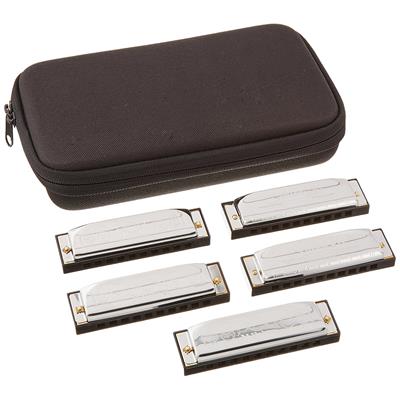
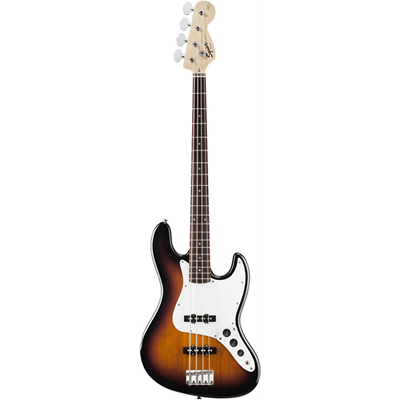
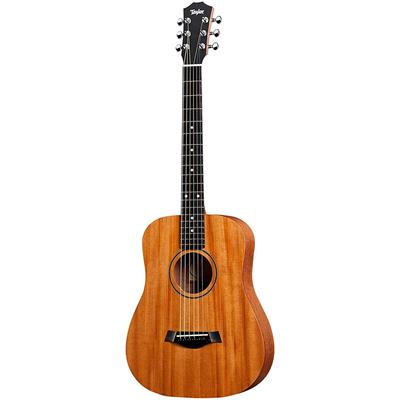


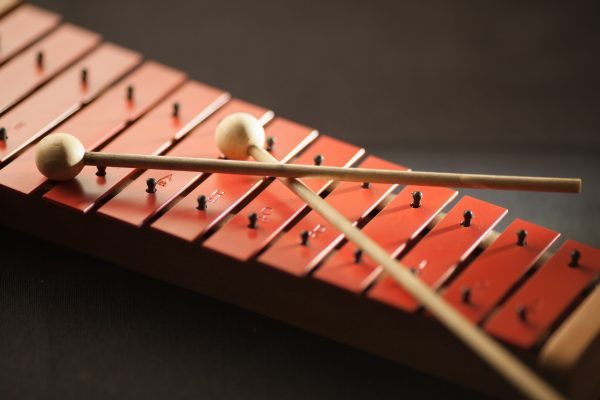
Great review. Nothing is more true. The Peavey Delta Blues 210 has it all.
Mine is the 2004 gray version with 2 Blue Marvel 10 inch speakers.
But the amp is lately making a awefull hum which gets louder and louder. Anyone outbthere who knows how to fix it? A new transformer didn’t tackle this.